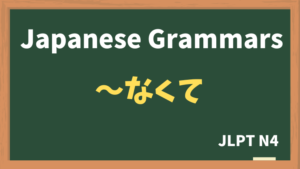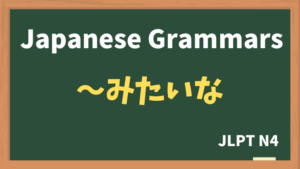
Explanation:お〜ください / ご〜ください
fa-check-circleMeaning
A polite and respectful way to make requests in Japanese. This form is often used when giving instructions or politely asking someone to perform an action. It is commonly heard in formal contexts, such as customer service settings or written instructions.
fa-check-circleForm
・お + Verb(masu form)ます + ください
Example:たべます → お + たべ + ください = おたべください
・ご+Group3 Verb(Irregular Verb)する+ください
Example:説明する(to explain) → ご + 説明する + ください = ご説明ください
fa-check-circlePoints
- Polite Request: This form shows respect and is often used in polite, formal interactions.
- Verb Conjugation: Only certain verbs can be conjugated this way, typically verbs related to actions performed by the listener.
- Indirect Politeness: It softens the request by making it indirect, which is ideal for service settings.
fa-check-circleJLPT Level
N4
Sample sentenes
おすわり ください
Please sit down.
少々 お待ちください
Please wait a moment.
ご確認ください。
Please confirm/check.
ご注意ください。
Please be careful.
あちらを ご覧ください。
Please look over there.
Vocabulary
| Japanese | English | |
| 確認する | かくにんする | to confirm |
| 準備する | じゅんびする | to prepare |






